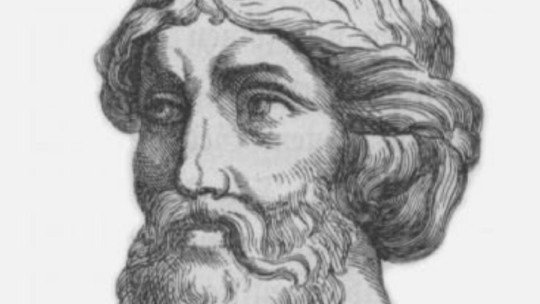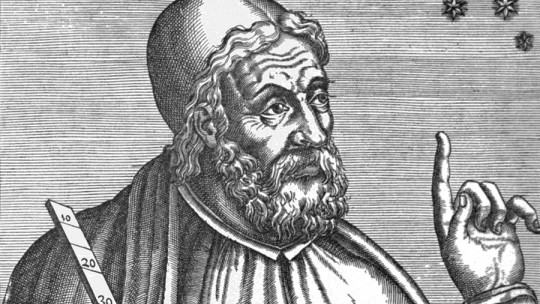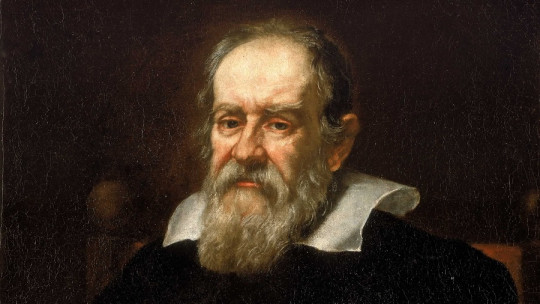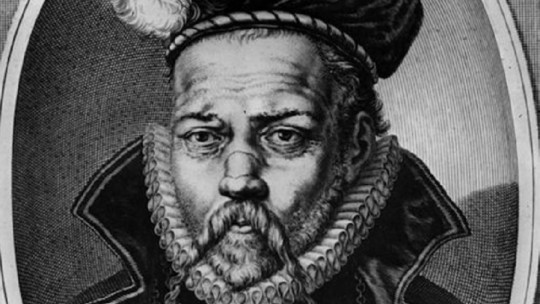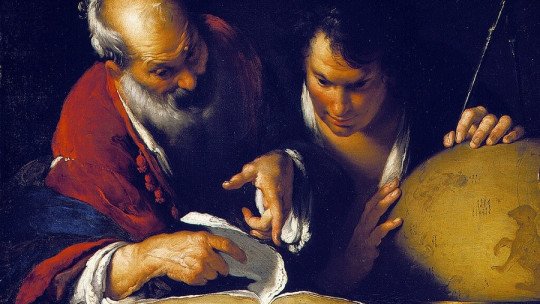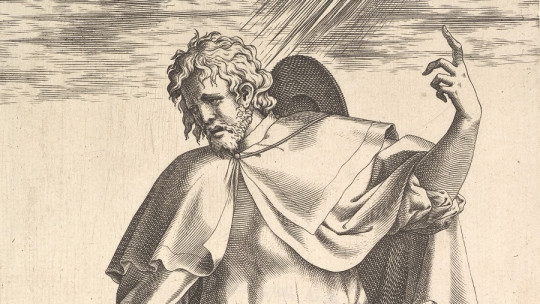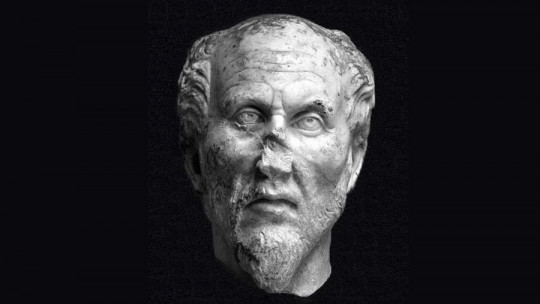The heliocentric theory proposed by Nicholas Copernicus (1473-1543) was a real earthquake for its time. Since classical antiquity (and, specifically, after Claudius Ptolemy put it in writing) it was fully accepted that the earth was the center of the universe and that, therefore, it was the other bodies that revolved around it. Copernicus’s theory put an end to this idea, but was it the first?
No, it was not. There were previously other thinkers who guessed the heliocentric model; among them, Aristarchus of Samos (c. 310-230 BC), a Greek astronomer based in Alexandria who, through geometric calculations, managed to postulate heliocentrism many centuries before. His theory, however, was not accepted.
In this biography of Aristarchus of Samos We tell you the life of the first to maintain that the earth revolves around the sun, Aristarchus of Samos.
Brief biography of Aristarchus of Samos, the author of the heliocentric theory
Greek religious tradition (as well as that of many other cultures) held that the earth was the center of divine creation and, as such, should be placed at the center of the cosmos. This theory was accepted without question, not only by the most popular classes, but even by the most learned individuals.
We do not know of any person before Aristarchus of Samos who wondered if this was really so. According to records, this astronomer originally from the island of Samos and living in Alexandria was the first to postulate the theory that it is the earth that rotates around the sun, and not the other way around.
With such an idea, Aristarchus challenged the conventions of his time; his hypothesis, which he attempted to prove through elaborate calculations, was not accepted and geocentrism continued to prevail in astronomical studies until well into the 15th century.
The “Pythagorean fire” as a possible basis
Before delving into the figure of our character, it is necessary to define the context in which we move. Aristarchus of Samos came into the world around the year 310 BC, on the same island where he had seen the birth of none other than Pythagoras, the leader of the Pythagorean brotherhood.
Whether Aristarchus was a Pythagorean or not is still debated It seems more likely that he knew the work of Philolaus of Croton (c. 470-380 BC), who belonged to the fourth Pythagorean generation and who left in writing the theory of the “primordial fire”, that is, a central fire from which emanated everything.
It is possible that this “pyrocentric” theory inspired Aristarchus. The Pythagoreans, imbued with Eastern religions (especially Zoroastrianism), considered fire as the primary engine of the cosmos. And wasn’t the sun a ball of fire?
Geometry to know the stars
Not only was the idea of the “primordial fire” present in the philosophical context in which Aristarchus grew up. The Pythagoreans had emphasized the importance of numbers as an expression of divinity and testimony to the internal structure of the movement of the cosmos. Calculus, then, was essential to understand how the universe worked
Virtually nothing is known about our character’s life, and little is known about his work. We only have ideas and fragments collected by other authors, such as Archimedes (c. 287-212 BC), who mentions him and his theory in his book The sand counter. We do know that he was a disciple of Straton of Lampsac (335-269 BC) and that, despite being born in Samos, he lived most of his life in Alexandria, the great capital of knowledge, engaged in his research and direction. of the city Museum.
In Alexandria he probably had the opportunity to interact with great scholars, in addition to having many bibliographic sources for his research. Interested in discovering the distance between the earth, the sun and the moon, Aristarchus used trigonometric calculations to draw his conclusions, which we now know were erroneous. But What really counts in this case is not the result, but the idea behind it
And Aristarchus discovered that the volume of the sun was much greater than that of the moon and the earth. The astronomer calculated that both were 20 times smaller than the sun (actually, 400 times, as current science has shown), which made the sun the largest body. So, the question was: how was it possible for the sun to revolve around the earth?
The first heliocentric theory
From here, the idea arose. Could it be, then, that the sun was the center around which the other bodies revolved? Aristarchus had just formulated what is considered the first heliocentric theory in history; At least, that we know of. And as often happens, detractors soon appeared.
It was not just a religious issue. There were facts that could not be explained if the heliocentric theory was taken as true For example, the parallax of stars. Parallax is the angle formed from two separate observation points with respect to the observed point. A classic example is our eyes; When we observe a distant point, if we intermittently close each of them, the object “moves.” This is, of course, because our eyeballs are far enough apart to produce this moving effect.
According to Aristarchus’ detractors, if it were the earth that moved around the sun, the parallax would also manifest itself with respect to the observable stars, and this was not the case. However, these detractors did not realize (and, apparently, neither did Aristarchus) that said parallax was not clearly manifested because the distance at which these celestial bodies were found was excessive.
Almost 20 centuries later
The heliocentric theory postulated by Aristarchus was, therefore, forgotten; above all, when Claudius Ptolemy codified the geocentric theory in the second century AD. The Christian world took up the idea with enthusiasm, and for many centuries it was the prevailing idea, both from the religious and scientific prisms.
Almost 20 centuries later, a Polish astronomer, Nicholas Copernicus, collected the ideas of Aristarchus of Samos In his famous work De revolutionibus orbium coelestium (Of the revolutions of the celestial orbs) the astronomer explains in detail heliocentrism and the movements of the celestial bodies.
In this way, Copernicus put an end to the geocentric theory consolidated by Ptolemy, although the idea would still prevail in many sectors and would bring problems of a social and religious nature. It was not until the 17th century, with the demonstrations of Isaac Newton (1643-1727), that the heliocentric theory was sufficiently validated. It was soon forgotten, however, that the true architect of this innovative idea had been a Greek astronomer from the 3rd century BC.

